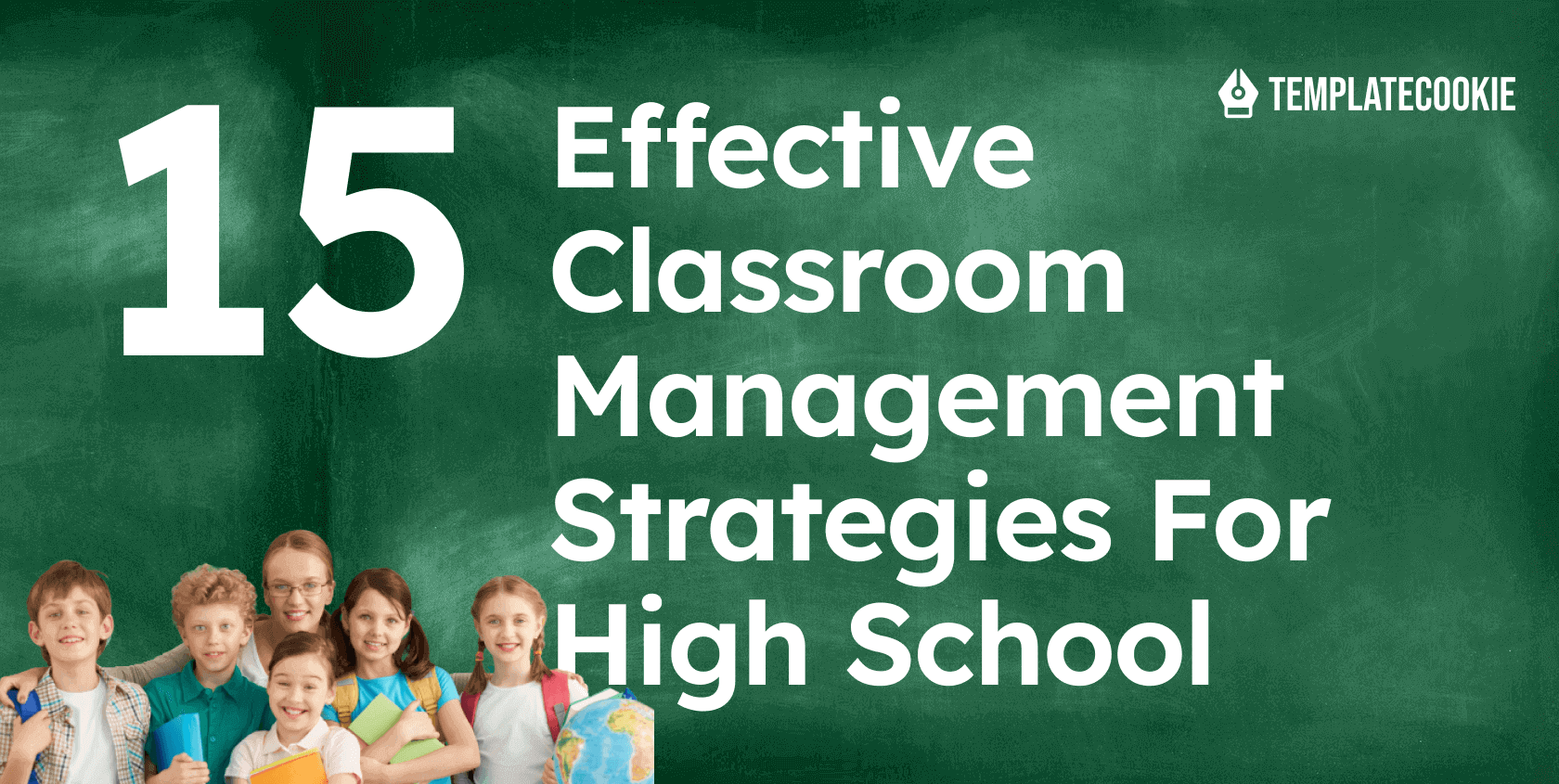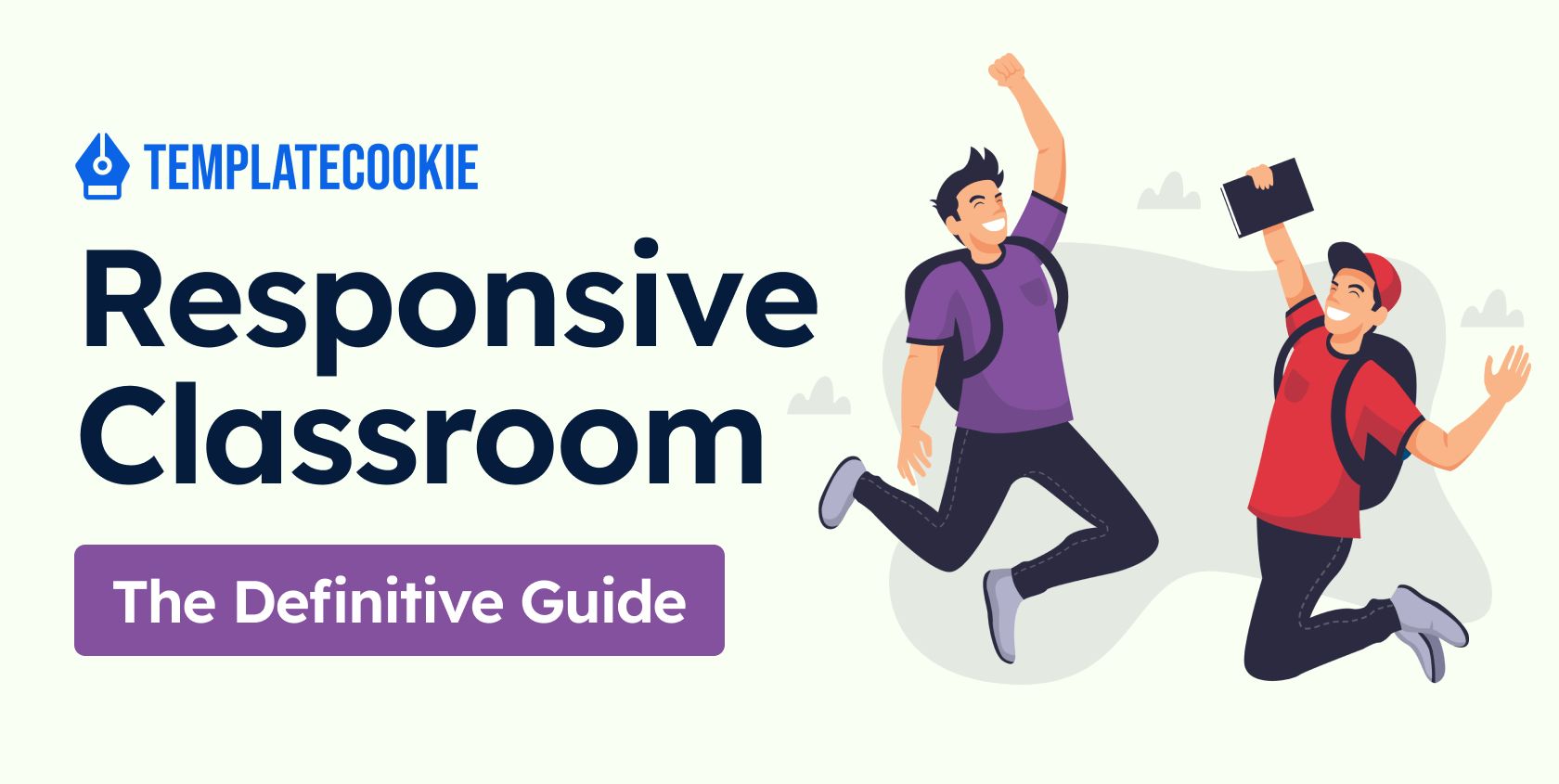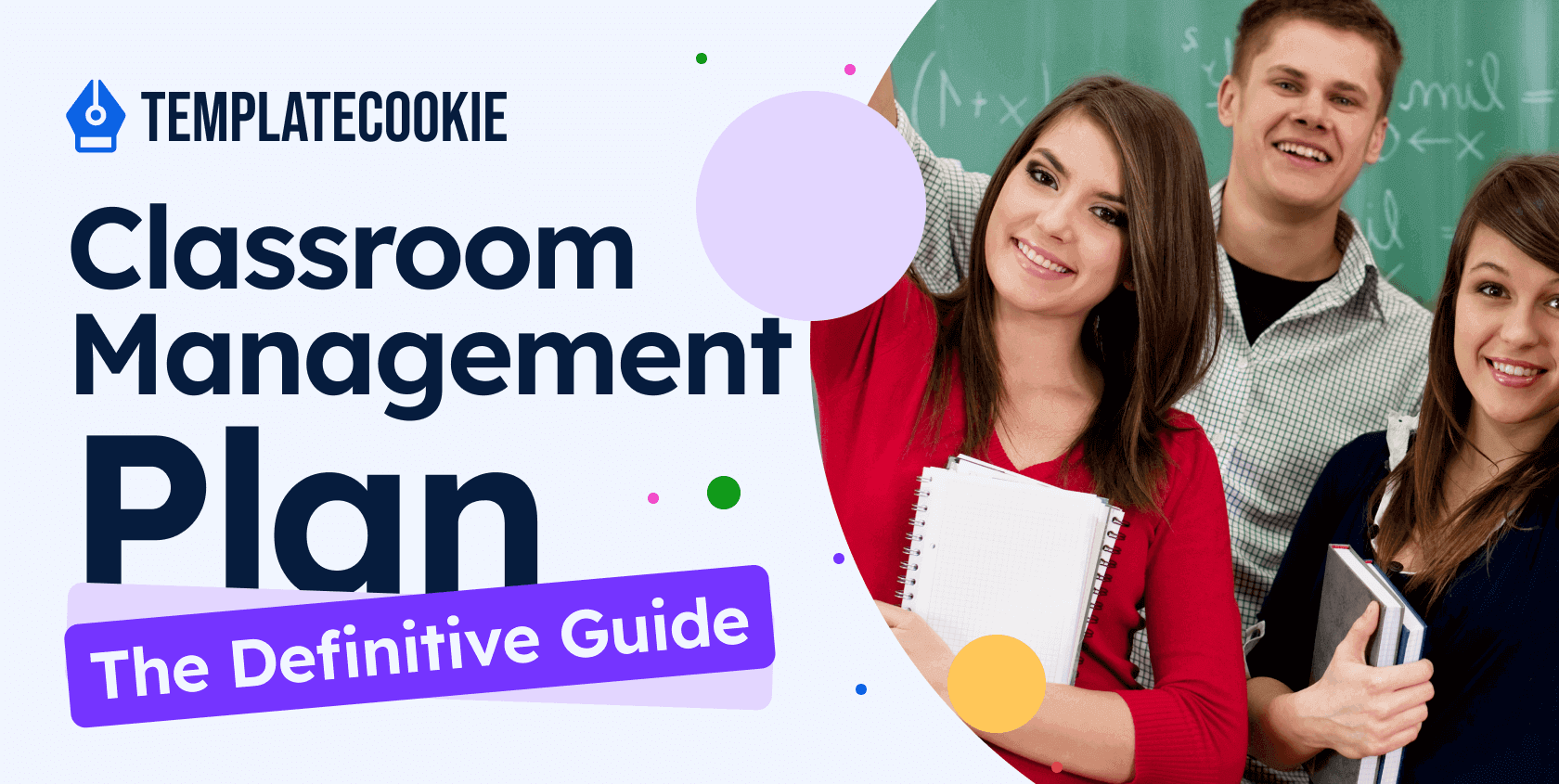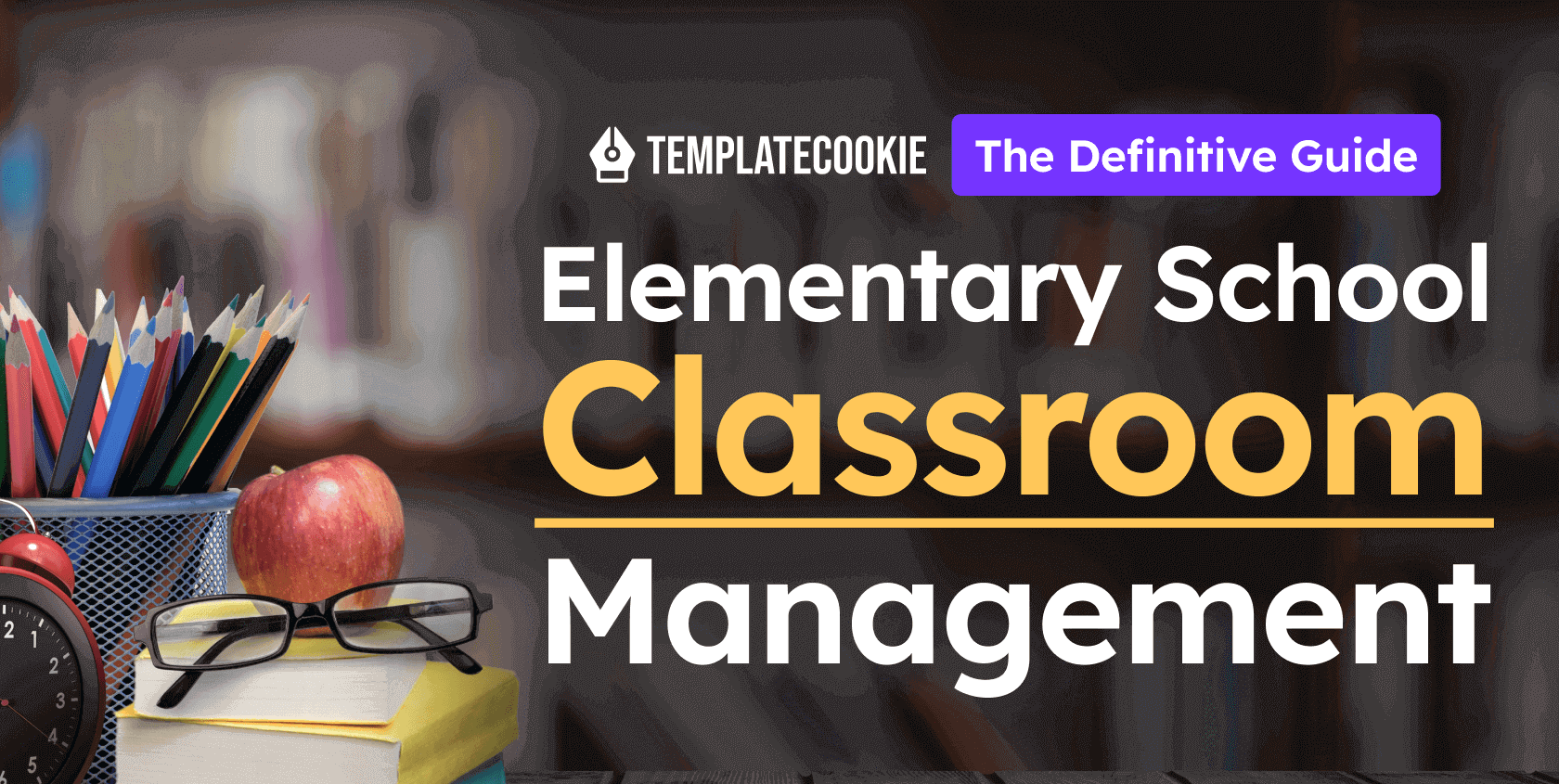Blog Details
15 Effective Classroom Management Strategies For High School

High school teachers and administrators face numerous challenges in managing their classrooms, from student disengagement to disruptive behavior. However, with effective classroom management strategies, you can create a positive and productive learning environment that promotes student achievement and success.
In this article, we will outline 15 proven classroom management strategies for high school teachers and administrators. These strategies are designed to help educators build strong relationships with students, foster a sense of community in the classroom, and ensure that all students feel valued and supported.
By implementing these strategies, teachers and school administrators can create a dynamic and engaging classroom experience that helps students reach their full potential.
Increase your classroom efficiency with our Premium School Management System: Schooling
15 Best Classroom Management Strategies For High School
Establish Clear Expectations
Setting clear expectations is a fundamental classroom management strategy that can help teachers establish a well-organized and positive learning environment.
At the start of the school year, teachers should work with students to create a list of classroom rules and expectations for behavior, academic performance, and participation.
Clearly communicating these expectations and the consequences of not meeting them can help students better understand what is expected of them and encourage them to take responsibility for their actions.
Use Positive Reinforcement
Positive reinforcement is a powerful classroom management strategy that can help teachers encourage and reinforce positive behavior in students.
By acknowledging and rewarding good behavior through verbal praise, written feedback, or other forms of recognition, teachers can foster a positive classroom environment that inspires students to continue making positive choices.
This can also help to boost students' self-esteem, motivation, and engagement in the learning process.
Incorporate Engaging Activities
Incorporating engaging activities is a creative classroom management strategy that can help teachers create a stimulating and dynamic learning environment.
Activities such as group work, hands-on projects, and games can help students stay engaged and interested in the curriculum, as well as develop their teamwork and collaboration skills.
These activities can also help create a sense of community in the classroom and encourage students to be active participants in their learning. When students are engaged in learning, they are more likely to retain information and apply it to their academic and personal lives.
Use Proactive Discipline
Proactive discipline is a classroom management strategy that focuses on preventing misbehavior before it occurs.
This can be done by establishing clear expectations and rules, monitoring student behavior closely, and intervening early when signs of disruptive behavior appear.
By addressing potential problems before they escalate, teachers can create a positive and supportive classroom environment that encourages students to take responsibility for their behavior.
Differentiate Instruction
Differentiating instruction is a classroom management strategy that can help teachers meet the needs of all students, regardless of their learning style or ability.
This can be done by offering different activities or assignments that are tailored to the individual needs of each student, as well as providing additional support for struggling learners.
By differentiating instruction, teachers can create an inclusive and supportive classroom environment that promotes academic success for all students.
Build Relationships with Students
Building positive relationships with students is a classroom management strategy that can help teachers create a welcoming and supportive learning environment.
This can be done by getting to know students individually, expressing genuine interest in their lives, and demonstrating empathy and understanding.
By building relationships with students, teachers can create a sense of trust and respect, which can lead to better behavior, increased motivation, and a more positive classroom atmosphere.
Use Technology to Enhance Learning
Using technology is a classroom management strategy that can help teachers create an engaging and interactive learning environment.
Teachers can use a variety of tools, such as videos, podcasts, interactive whiteboards, and educational apps to make learning more exciting and dynamic.
By incorporating technology into the classroom, teachers can also increase students' access to information, improve their digital literacy skills, and promote collaborative learning.
Establish Positive Classroom Culture
Establishing a positive classroom culture is a classroom management strategy that can help teachers create a supportive and welcoming learning environment.
This can be done by modeling positive behavior, encouraging kindness and empathy, and celebrating diversity.
By creating a culture that values inclusivity and respect, teachers can foster a sense of belonging in their students and reduce the likelihood of disruptive behavior.
Implement Effective Transitions
Implementing effective transitions is a classroom management strategy that can help teachers keep their students focused and engaged throughout the school day.
Teachers can use a variety of techniques, such as providing clear directions, using signals or cues, and incorporating movement and physical activity to help students transition smoothly from one activity to the next.
By implementing effective transitions, teachers can minimize disruptions and create a more productive and structured learning environment.
Encourage Active Listening
Encouraging active listening is a classroom management strategy that can help teachers keep their students engaged and focused during lectures and classroom discussions.
Teachers can encourage active listening by asking open-ended questions, allowing time for reflection and response, and providing opportunities for students to participate in discussions.
By promoting active listening, teachers can also help students develop stronger critical thinking and communication skills, which can benefit them both in and out of the classroom.
Related Good Reads
Classroom Management For Middle School - The Definitive Guide
Top 12 Advantages Of School Management System
Elementary Classroom Management - The Definitive Guide
10 Best Practices For Effective Classroom Management
Offer Choices
Offering choices is a classroom management strategy that can help students feel more empowered and invested in their learning.
Teachers can offer choices by providing a range of assignment options, allowing students to choose their own reading materials, or offering opportunities for student-led projects.
By offering choices, teachers can also promote a sense of ownership and autonomy, which can lead to greater student engagement and motivation.
Practice Restorative Justice
Restorative justice is a classroom management strategy that focuses on repairing harm and restoring relationships between students who have been involved in a conflict or disruptive behavior.
Instead of punishment, restorative justice involves dialogue, empathy, and problem-solving to help students resolve conflicts and take responsibility for their actions.
By practicing restorative justice, teachers can create a more supportive and inclusive learning environment, where students feel valued and respected.
Foster Active Participation
Fostering active participation is a classroom management strategy that can help teachers engage students in the learning process and promote collaboration and communication in the classroom.
Teachers can foster active participation by creating a classroom environment where students feel comfortable expressing their ideas, opinions, and questions.
By promoting active participation, teachers can also help students develop stronger critical thinking skills and build confidence in their abilities.
Incorporate Mindfulness Practices
Incorporating mindfulness practices is a classroom management strategy that can help teachers create a calm and focused learning environment.
Teachers can incorporate mindfulness practices, such as deep breathing exercises, guided meditations, and yoga, to help students reduce stress and anxiety and improve their ability to concentrate.
By incorporating mindfulness practices, teachers can also promote a sense of well-being and help students develop stronger emotional regulation skills.
Use Group Work
Using group work is a classroom management strategy that can help teachers promote collaboration, communication, and problem-solving skills among their students.
Teachers can use group work by assigning collaborative projects, encouraging peer-to-peer feedback, and providing opportunities for group discussions.
By using group work, teachers can also create a sense of community within the classroom and help students develop stronger social and emotional skills.
Personalize Learning
Personalizing learning is a classroom management strategy that can help teachers meet the individual needs and interests of their students.
Teachers can personalize learning by providing differentiated instruction, offering project-based learning opportunities, and incorporating student-centered learning activities.
By personalizing learning, teachers can also promote a sense of ownership and responsibility among students and help them develop stronger self-directed learning skills.
Provide Clear and Consistent Feedback
Providing clear and consistent feedback is a classroom management strategy that can help teachers promote accountability and student growth.
Teachers can provide clear and consistent feedback by setting clear expectations, providing timely feedback, and offering suggestions for improvement.
By providing clear and consistent feedback, teachers can also help students develop stronger self-assessment skills and take ownership of their learning.
In conclusion
effective classroom management is crucial for creating a positive and productive learning environment for high school students.
Teachers and school administrators can implement a variety of strategies to manage their classrooms effectively, including setting clear expectations, using technology, personalizing learning, practicing positive discipline, encouraging active listening, providing clear and consistent feedback, and building positive relationships.
By using these strategies, teachers can promote student engagement, motivation, and success, while also fostering a sense of community and trust among their students.
Ultimately, effective classroom management can help high school students develop the critical thinking, problem-solving, and social and emotional skills they need to succeed both in and out of the classroom.
Read More

Responsive Classroom - The Definitive Guide
Responsive Classroom is an evidence-based approach to teaching that prioritizes the social, emotional, and academic development of students. It is designed to creat...
Read More
Classroom Management Plan - The Definitive Guide
Managing a classroom is a complex and multifaceted process that requires planning, preparation, and flexibility. A strong classroom management plan is crucial ...
Read More
Elementary Classroom Management - The Definitive Guide
As an educator, you are responsible for fostering a positive, encouraging, and engaging learning environment for your students. This guide is designed to equip...
Read More